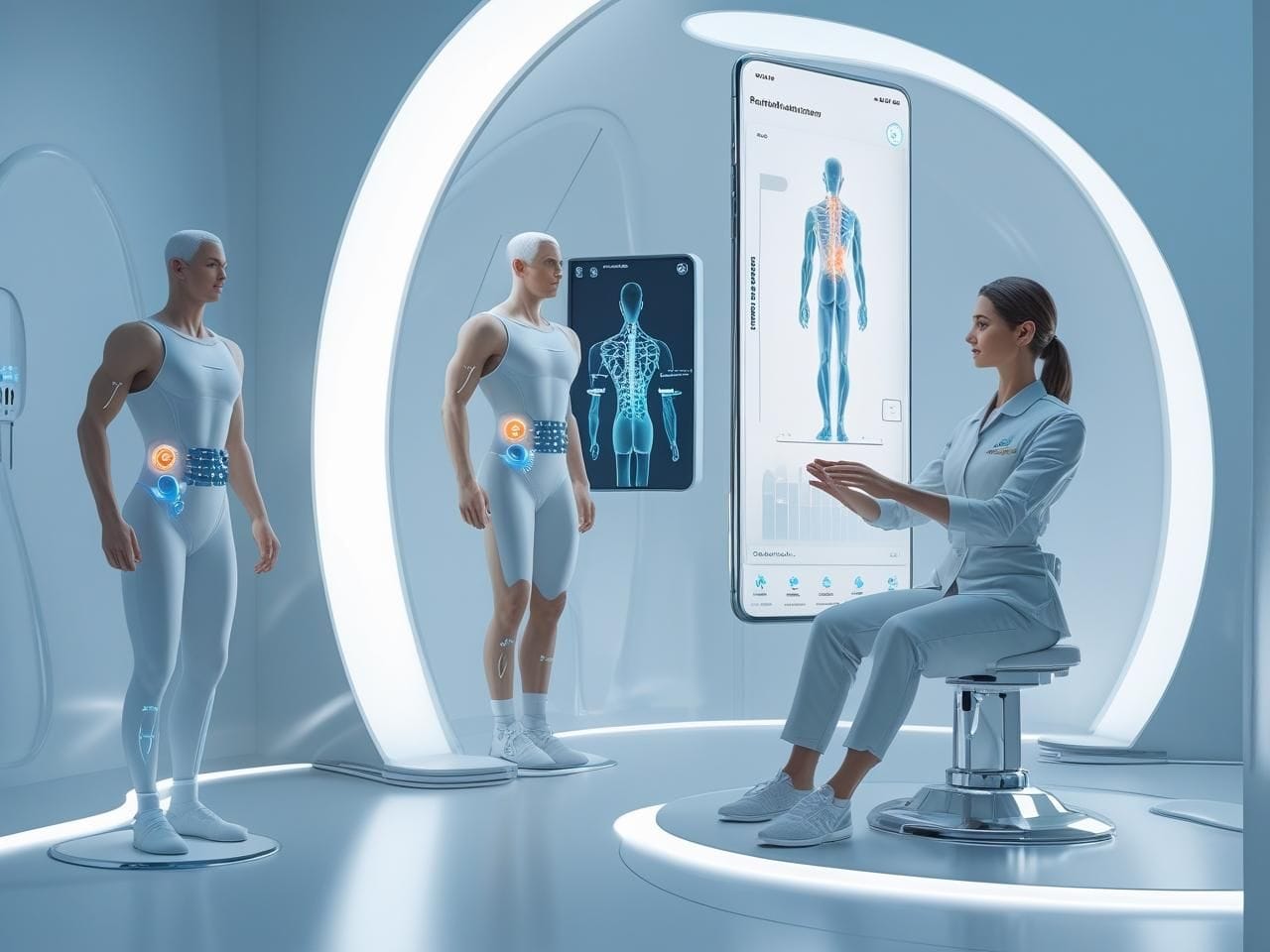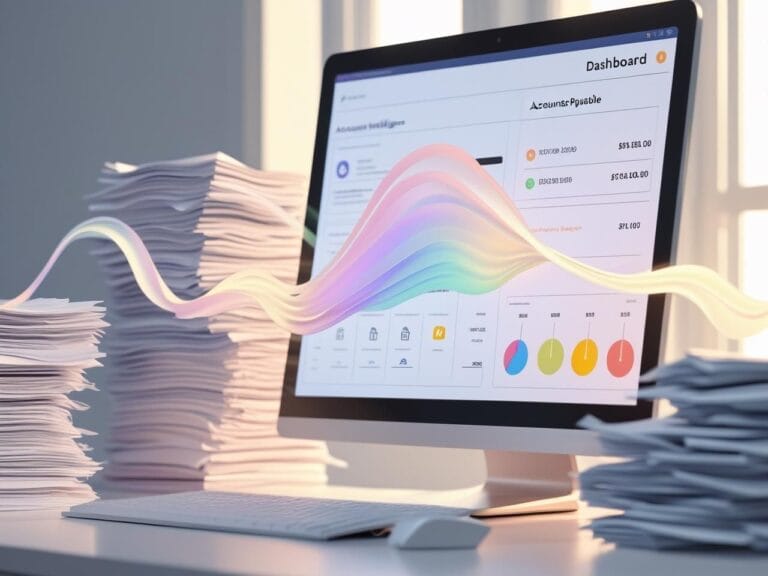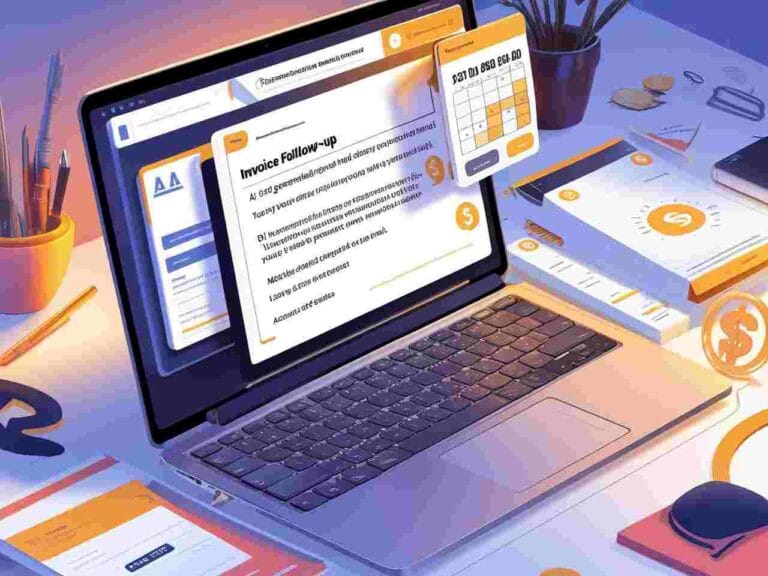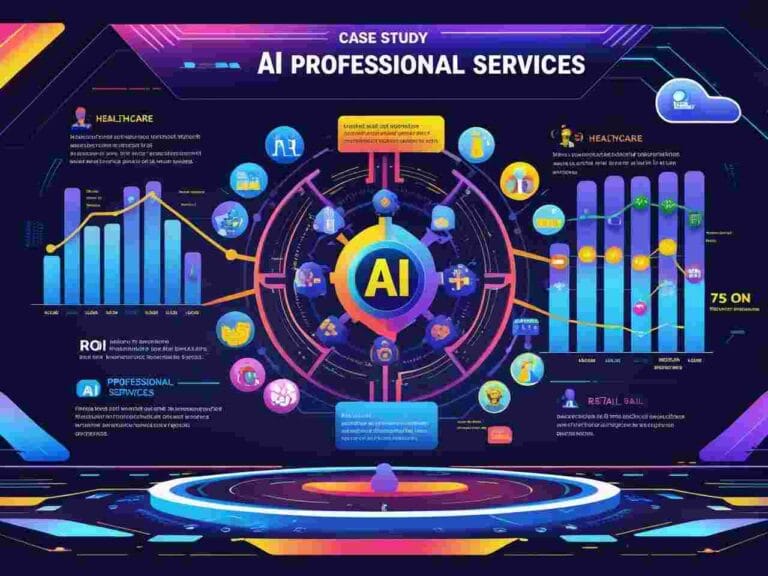7 Amazing Benefits of Artificial Intelligence in Physical Therapy
7 Amazing Benefits of Artificial Intelligence in Physical Therapy
Honestly, if you’d told me a computer program could help someone walk again, I’d have laughed in your face. But then I watched it happen. That was my first real exposure to Artificial Intelligence in Physical Therapy.
My uncle—stubborn as a mule, the type who’d rather build a house than ask for help—took a nasty tumble off a ladder. He smashed up his leg and, with it, pretty much his pride. Needing help to tie his shoes? Torture for him. Old-school rehab just ground him down week after week. Then, outta nowhere, his PT rolls in with this fancy motion-capture gadget powered by—you guessed it—AI. Tools like this show how Artificial Intelligence in Physical Therapy is changing the game.

He grumbled, “What’s a robot gonna do, teach me to dance?” The therapist just grinned. “Let’s see how you move.” Well, that’s when everything flipped. It’s wild what Artificial Intelligence in Physical Therapy can do.
How I Stumbled Into AI Therapy (Neck Pain Is a Jerk)
Watching my uncle get back on his feet—literally—got me thinking. I’d been dealing with this gnarly neck pain for years, thanks to marathon laptop sessions (WFH life, am I right?). Nothing worked. Not massages, stretching, or even those weird ergonomic chairs everyone swears by. Honestly, Artificial Intelligence in Physical Therapy was a total game-changer for me.
So I caved and tried an AI-powered therapy app. All it took was my phone’s camera. In five minutes, it clocked my posture flaws and pointed out weak spots even my chiropractor never mentioned. The app nudged me with tiny tweaks, adapted as I (sort of) improved, and—boom—suddenly, I was getting real help. Not just charts and “try this at home.” Actual progress, right there, real-time. That’s the beauty of Artificial Intelligence in Physical Therapy—it adapts with you.
AI’s Got Eagle Eyes (Seriously, It Sees Everything) Artificial Intelligence in Physical Therapy
You know how regular PT is a lot of “hmm, how does that feel?” and “try this, maybe?” Well, AI’s got zero patience for guesswork. It analyzes every micro-movement, frame by frame. A slight limp, a droopy hip, a knee that wobbles just a tad—stuff you can’t spot in a mirror, and even the pros miss sometimes. But with Artificial Intelligence in Physical Therapy, nothing slips through the cracks.
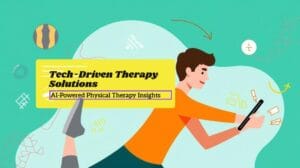
Take Ava, my friend who does ballet (and can probably out-plank anyone). She wrecked her ankle during rehearsal, and no matter what the PTs did, the pain kept coming back. Finally, she used an AI motion tracker. Turns out, her other hip was picking up the slack, throwing everything off. No human caught it, but the AI did. She tweaked her training, got balanced, and was back in pointe shoes like two weeks later. That’s a clear win for Artificial Intelligence in Physical Therapy.
No More Cookie-Cutter Rehab Plans
Let’s be real: healing isn’t linear. Some days you’re ready to run a marathon, others you’re a potato in pain. Old-school therapy schedules? Not exactly flexible. Flexibility is a major benefit of Artificial Intelligence in Physical Therapy.
AI doesn’t play that game. It watches how you move, learns from every session, and shifts your plan around your good and bad days. If you’re killing it, it ups the challenge. Struggling? It dials things back. Like having a coach who pays attention, not just checking a box. That’s what makes Artificial Intelligence in Physical Therapy feel personal.
Personal example: When I started my neck rehab with the app, I was feeling tough, so it cranked up the resistance. Next morning? Couldn’t turn my head; I looked like a confused owl. Instead of pushing me harder (thanks, but no thanks), it switched to lighter stretches and posture tips. Didn’t even have to complain. That’s the kind of “listening” I wish actual people would do.
Rehab That’s (Almost) Fun—No Guilt Trips
Let’s not sugarcoat it: rehab sucks. It’s repetitive, it’s slow, and—unless you’re some kind of fitness robot—it’s hard to stay pumped. AI flips the script. Progress bars, streaks, little challenges, and digital coaches that are weirdly cheerful—suddenly, you’re playing a game instead of grinding through homework.
No eye rolls, no lectures, just steady encouragement. My cousin wrecked her ACL playing soccer, and therapy made her miserable. Then her mom got her an AI rehab app with badges, stars, all that jazz. Next thing? She’s bragging about her streaks and limping around the house like she’s in training camp. She beat her recovery timeline by a couple of weeks because—shock—she wanted to keep winning.
Heal Here, Heal There, Heal Freakin’ Everywhere
From the Clinic Couch to the Couch at Home
Remember when “rehab” meant juggling your calendar, sitting in traffic, and putting your life on pause for a 30-minute appointment? Yeah, not so fun.
But AI in physical therapy? Game-changer. Now, your phone’s your PT. Bedroom, backyard, kitchen—anywhere you can stretch, you can heal. I swear, my dog thinks I’ve lost it, lunging around the living room.
You move. It’s watching (creepy, but helpful). You mess up, and it corrects you. Kinda like having a therapist with WiFi. That’s how powerful Artificial Intelligence in Physical Therapy can be.
The Posture Redemption Arc (a.k.a. Lockdown Survival)
During lockdown, my back was toast. Couldn’t see a therapist, couldn’t hit the gym, just me and my rapidly declining posture. Out of desperation, I downloaded this AI posture thingy. It watched my spine via webcam and buzzed every time I slumped. Strangely comforting, honestly. Like, “Hey, someone’s looking out for me, even if it’s just code.”
After a few weeks: less pain, more confidence, deeper breaths. And not a single pill popped or a car trip was made. Just some data and me arguing with my laptop.
Spotting Trouble Before It Wrecks You
Preventing Injuries Like a Fortune Teller (But With Science)
Y’know what nobody talks about? How AI’s real flex is catching problems before you even know you have them. It’s like having a sixth sense for injuries.
Take this tennis guy I know—swears by his wearable AI sensors. Rehabbing his shoulder felt great, but one day the app’s all, “Hey, your serving arm is acting weird.” Dude felt fine. The therapist checks, sure enough, for early signs of swelling. He chilled out for a bit, did some prehab, and boom—no season-ending injury.

AI: 1, Bad Luck: 0.
Data Means No More Guessing
Therapists Are Great—But They’re Not Mind Readers
Here’s the thing. The best therapists can only work with what they see and what you tell them. And let’s be real, half the time we forget or downplay stuff. AI? It’s tracking everything—how well you repeat moves, how tired you get, if you’re slacking on the rest breaks, whatever.
Every squat, every weird twist: logged, analyzed, served up in neat charts. So your healing plan isn’t just a shot in the dark.
Uncle Joe’s Surprise Data Plot Twist
My uncle’s app once flagged that his ankle mobility was tanking. The dude didn’t even notice. His therapist saw the alert, switched up his routine, and, surprise—swelling was back. If they’d waited for him to complain, he’d be back to square one.
The Price Is Right—For Once
AI Rehab: Makes Sense (and Dollars)
Let’s get real about costs. Old-school therapy racks up receipts—work missed, gas burned, copays, the works.
AI PT? Fewer clinic visits, more home sessions, less cash out the window. Some insurance plans are finally catching up and covering this stuff, too. Took ‘em long enough.
How Much Did I Save? Let Me Count the Ways
In three months, I dodged at least 10 clinic trips. I didn’t have to call off work as much. Stress? Down. Care delays? Nah. This is what actual accessible healthcare looks like, folks.
FAQs (Or, Stuff Everyone Asks Me)
Is AI Gonna Replace My Therapist?
Nope. Think of it like your therapist got a sidekick with a CPU.
Is AI PT Safe?
Yeah, as long as you’re using legit apps and following your therapist’s advice. Don’t just download any random thing.
What Gear Do I Need?
Usually just your phone or a tablet. Sometimes sensors or a webcam, but nothing wild.
Will My Insurance Pay For This?
Depends on where you live and who your provider is. Some are on board, others are still catching up. Call and bug them.
Bottom Line: Wanna Heal Smarter or Nah?
I used to think AI PT sounded cold, maybe a little too “Black Mirror.” But then it helped my uncle walk again. Got me to stop slouching. Helped my cousin run without limping.
It’s not about replacing care. It’s about making it better, more personal, and, honestly, a hell of a lot more convenient.
So, what’s stopping you? Try it out—or wait ‘til everyone else has already and pretend you discovered it first.
Artificial Intelligence in Physical Therapy.
MORE ARTICLE: 10 Powerful Accounting AI Tools That Deliver
“7 Powerful E-commerce AI Tools to Skyrocket Sales Fast”
“15 Best AI Governance Tools and Frameworks to Keep Your AI Ethical and Compliant”
